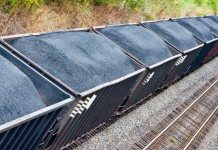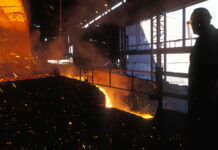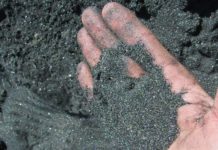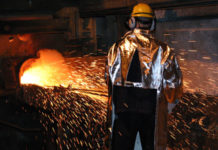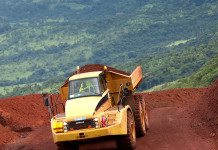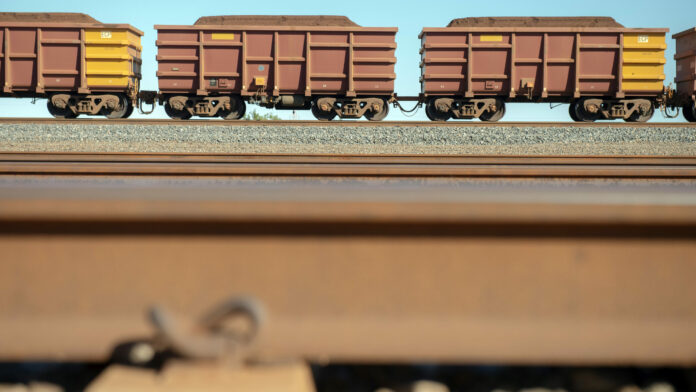
A PILLAR of Kumba Iron Ore’s business case is that about two-thirds of its 35 to 37 million tons in annual production is sold as lumpy iron ore.
Steelmakers pay a premium for this form of the mineral because it handles better in transporation and doesn’t need energy-intensive sintering. In the case of Kumba, its iron ore is also relatively high grade, containing about 64% iron.
“We only produce five percent of world iron ore but where we trump them [competitors such as BHP and Rio Tinto] is that quality of our iron ore,” said Mpumi Zikalala, CEO of Kumba at the Joburg Indaba this month.
Kumba reported an average iron ore price of $91 per ton for the firm’s six months ended June which was above the benchmark of $84/t (wet metric tons) over the same period.
South Africa’s other major iron ore producer, African Rainbow Minerals, also mines a significant proportion of lumpy iron ore through its investment in Assmang, a joint venture with unlisted firm Assore.
However, the premium is currently being challenged, according to a recent report by RMB Morgan Stanley, a bank.
It cites three factors placing pressure on iron ore exporters starting with freight costs which have increased over the years for South Africa as China’s market share grows.
Where once China comprised half of South African iron ore exports, the nation now buys nearer to 65%, said the bank. It is cheaper for South African iron ore to land in Europe which is nearer, but that’s not how the market has developed.
It hasn’t helped much that iron ore exports have been interrupted by the poor performance of state-owned port and rail utility Transnet.
The second factor potentially squeezing iron ore export margins is the rising cost of coking coal which sees steelmakers favour pelletised iron ore over fines and lumpy ore. Pelletised iron ore uses less coking coal.
Thirdly, there has been an adjustment to the value given to the presence of silica in iron ore while a higher value is given to alumina, a development that is more beneficial to fine and pelletised iron ore which are both higher in alumina.
RMB Morgan Stanley said the relatively higher iron content of Kumba’s ore partly offsets these negative market developments, yet it also points out that every $10 per ton change in the ‘netback price’ (inclusive of transportation and related costs) affects Kumba’s ebitda by 20% and ARM’s Ebitda 10%.
Exxaro Resources is also affected (2%) by dint of its one fifth stake in Kumba subsidiary, Sishen Iron Ore Company.
The potential hit on the premium is worth taking a note of given the value Kumba places on it. “People are always saying that iron ore will fall off a cliff,” said Zikalala at the Joburg Indaba conference. “And while we can’t get away from the challenging economic conditions we have driven for differentiation.”
The iron ore price is currently hovering around the $100/t level. Bloomberg reported recently that futures stood at $103/t in Singapore. But there are questions over how long it can stay at these levels amid unpromising economic data for China in the fourth quarter.


